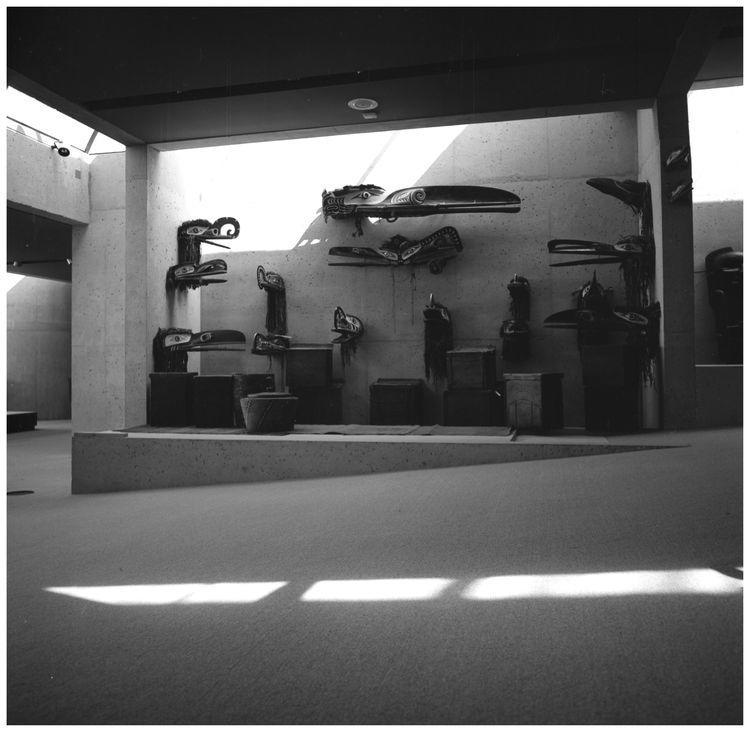
Área de título y declaración de responsabilidad
Título apropiado
Display Museum of Anthropology, U.B.C., Vancouver
Tipo general de material
Título paralelo
Otra información de título
Título declaración de responsabilidad
Título notas
- Source of title proper: Supplied title based on contents of image.
Nivel de descripción
Item
Código de referencia
Declaración de edición
Declaración de responsabilidad de edición
Mención de la escala (cartográfica)
Mención de proyección (cartográfica)
Mención de coordenadas (cartográfica)
Mención de la escala (arquitectónica)
Jurisdicción de emisión y denominación (filatélico)
Área de fechas de creación
Fecha(s)
Área de descripción física
Descripción física
1 photograph : b&w negative ; 6 x 6 cm
Área de series editoriales
Título apropiado de las series del editor
Títulos paralelos de serie editorial
Otra información de título de las series editoriales
Declaración de responsabilidad relativa a las series editoriales
Numeración dentro de la serie editorial
Nota en las series editoriales
Área de descripción del archivo
Nombre del productor
Historia biográfica
Anthony Lawrence Carter, the late author, publisher and photo-journalist, was born on October 22, 1920 in Somerset, England. He and his family emigrated to Wallaceburg, Saskatchewan in 1926 and later moved to Goodsoil, Saskatchewan . The Carter family leased an acre on Lac des Isles where they farmed for a living. In 1938, Carter purchased his first camera and learned how to develop his own pictures using an old developer and instructions from a Kodak booklet. In 1939, he applied to the Royal Canadian Air Force and was accepted a year later. He continued with the RCAF and the British Institute of Sciences and Engineering until he was discharged in 1945. Following his time in the Air Force, Carter held his first public exhibit in Ontario of images he had taken across Canada. He also spent time at the First Nations village in Fort Ruper t where he began building a collection of his own photographs of the community. In 1948, Carter began working for MacKenzie Barge & Derrick as a shipwright where he took his first commercial photograph and began selling prints widely. In 1951, he decided to go into child photography, which he did exclusively for three years. Carter was also an active photo-journalist in the marine and logging fields, which led to his contributions to journals such as Western Fisheries, Canadian Truck Logger and The British Motor Journal.
While photography was Carter’s main source of income during the 1950s, he also spent his summers fishing to make a living. Around 1960, Carter purchased a 60 foot fish packer, the Wamega. He was based in Klemtu at this time and collected the history and legends of the Kynoc and Kit-is-tu people, which appeared in his first book. Carter’s publications, which include This is Haida (1969), Somewhere Between (1968), From History's Locker (1968), Wamega (1960s), and Abundant Rivers (1972), were directly inspired by First Nations people and their culture. He also wrote a book called Snowshoeing for Everyone (1975). Carter was a poet and accompanied his photos with his own text. Additionally, he undertook all aspects of designing his books for publication. Carter also worked with the National Museum of Ethnology in Osaka, Japan to develop its Northwest Coast collection, and was a consultant to the Museum of Anthropology in Vancouver, B.C.
Historial de custodia
Alcance y contenido
Image of a display of masks at the Museum of Anthropology at the University of British Columbia.
Área de notas
Condiciones físicas
Origen del ingreso
Arreglo
Idioma del material
Escritura del material
Ubicación de los originales
2-1-18
